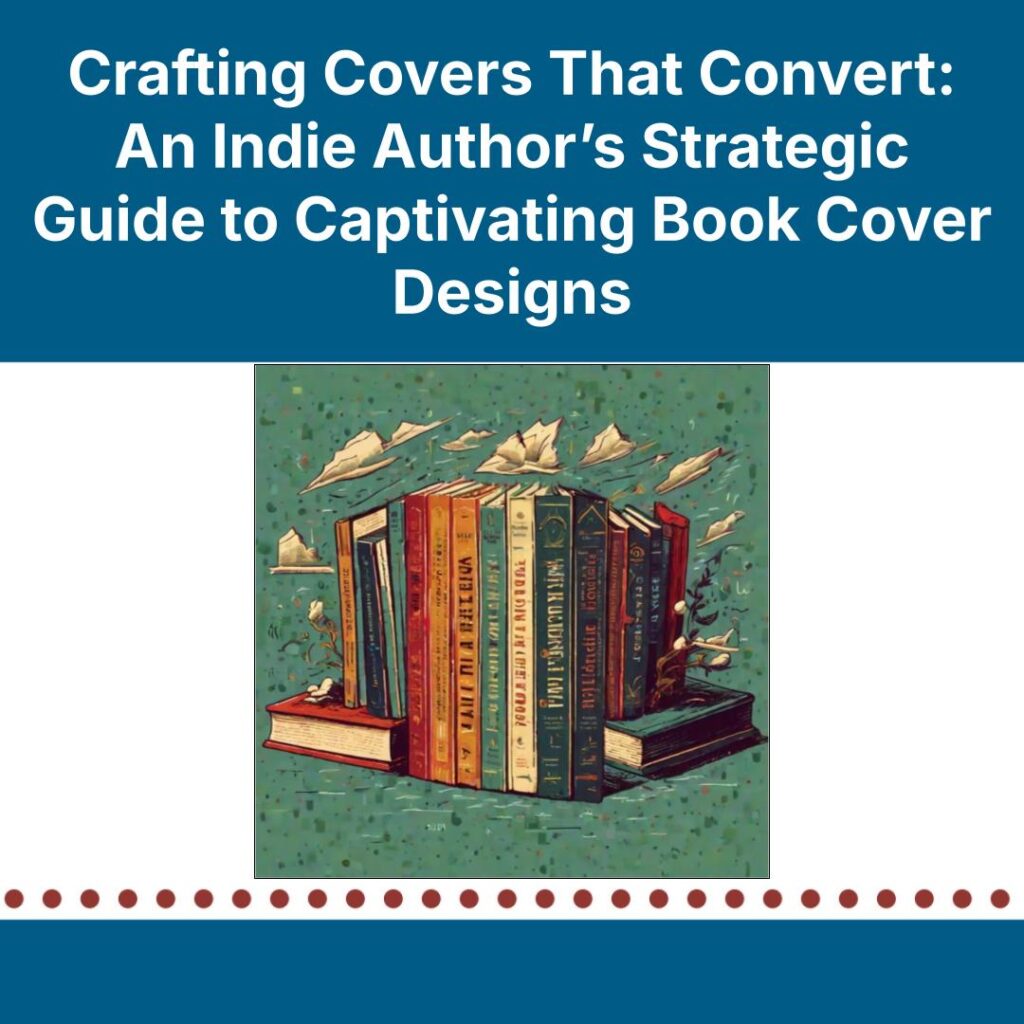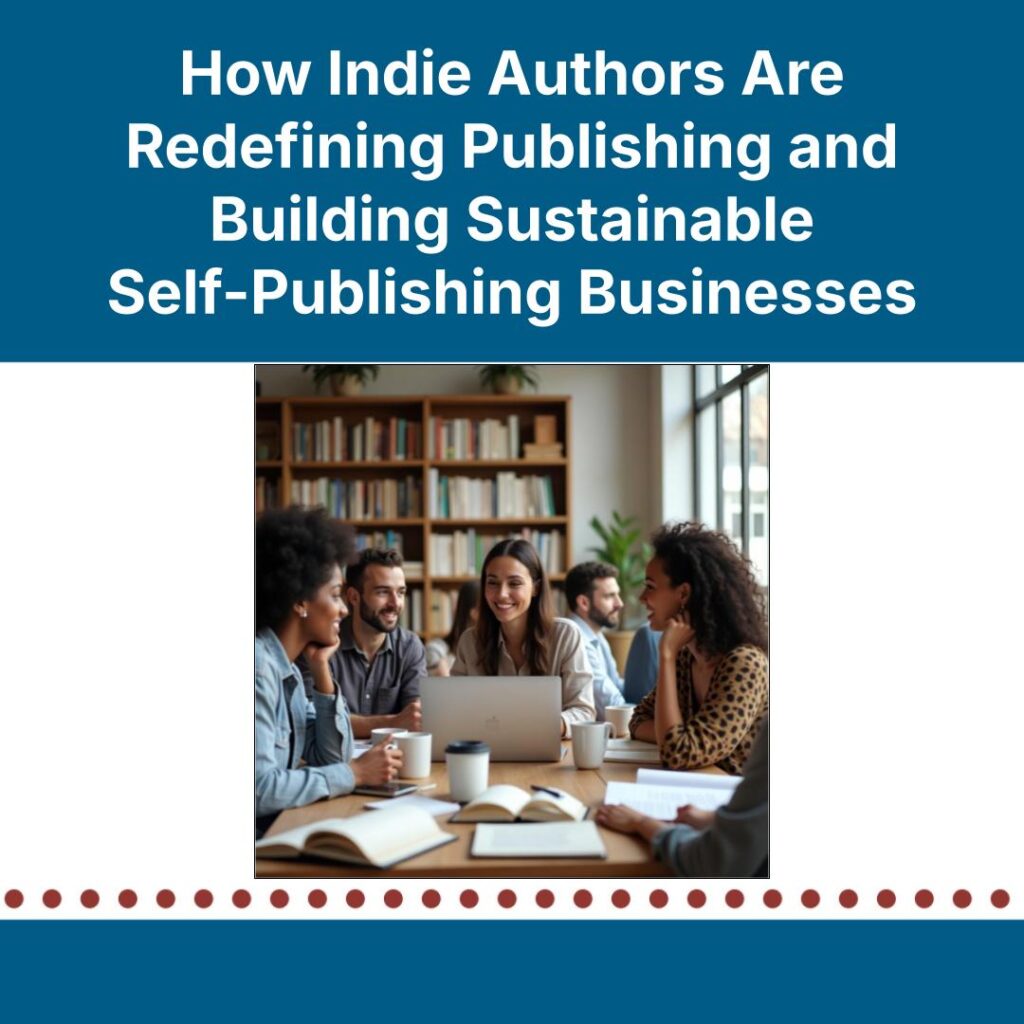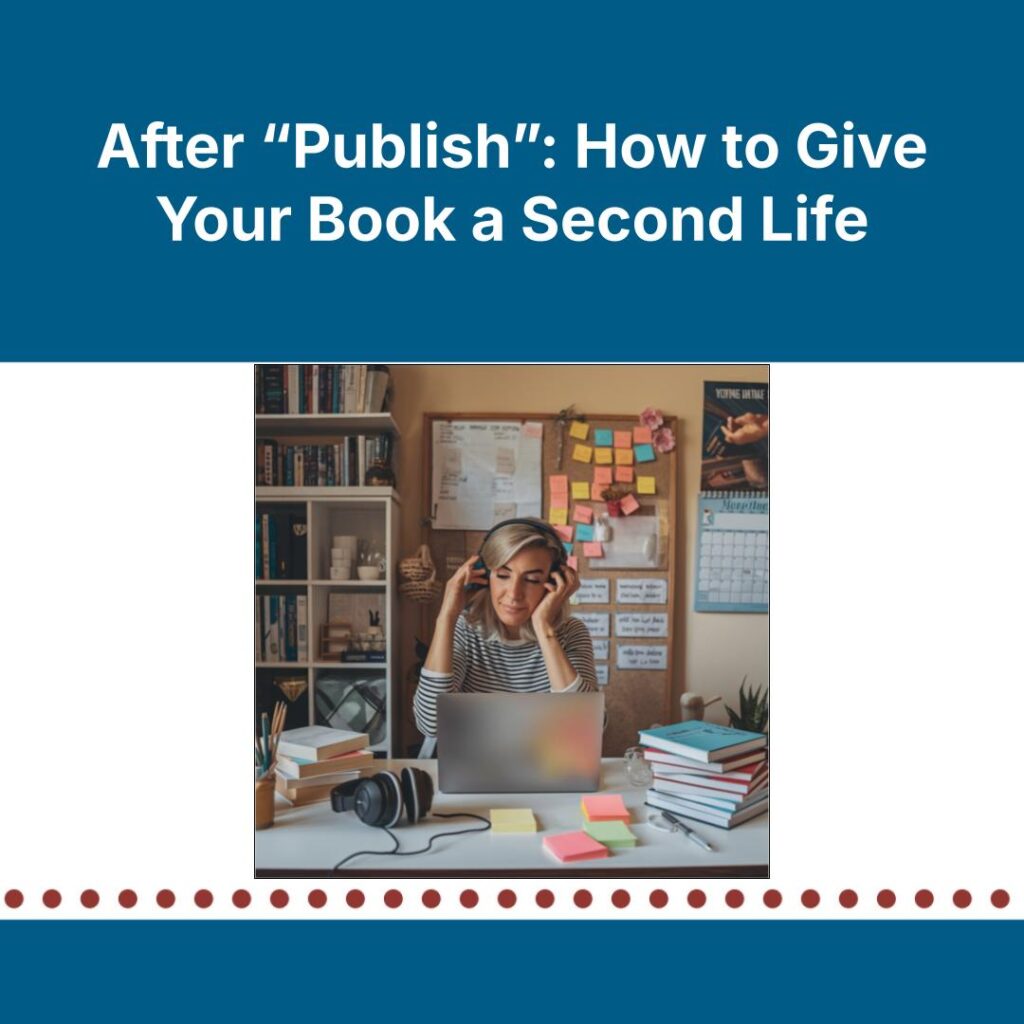Cover Story
The Indie Author’s Strategic Guide to Cover Design That Sells
Although book covers have been an attractive and protective addition to books for hundreds of years, indie authors owe a debt of gratitude for their appearance today to three brothers: Allen, Richard, and John Lane. Illustrative and decorative book covers were popular in the nineteenth century, according to a history of the craft by graphic design company Graphéine, as publishers knew an attractive book sold better. Publishers would compete for illustrators, and many of the books that are collectible today are considered valuable because of the cover design as well, not just the author or publisher. Some illustrators even signed their work on the cover and were commissioned to complete a series at a time.
However, costs prohibited these books from being available to the general public. When the Lane brothers launched Penguin Books, it was with the goal of providing more publicly accessible reading material at train stations in the 1930s. The Lane brothers achieved a successful balance of price, format, and excellence that launched Penguin Books to remarkable success. They sold one million books within the first month of forming the company.
At the start, Penguin Books used a simple vertical grid design for all their covers, and these differed only in details: color, title, and author name. In 1938, according to the book Penguin by Design, the first illustration other than the Penguin Books logo was an airplane, and it appeared on a cover so small it was easily overlooked.
In the 1940s and 1950s, publishers used full-color images and dynamic typography on their covers, viewing the cover as a marketing tool as much as a piece of the final product. It’s a common sentiment among all publishers, traditional and independent, that carries into today. The tastes of consumers and technological advancements encourage publishers to adapt and update their cover designs over time to match changing trends and interests.
But there, the two paths divide.
Indie authors and the cover designers who work with them approach cover design as a business decision, while traditional covers continue to be more of an artistic choice. Indies are more flexible and more likely to change their covers as trends change or to better attract their ideal reader. Traditional houses still maintain large marketing budgets and rely on ad spend and other avenues of promotion to attract readers to a book.
Priorities in Cover Designs
In some ways, a traditionally published cover is a more artistic process that primarily considers the art of the cover over its marketability. Designers for traditional publishers often read the book and draw inspiration from the content of the book. Holly Dunn, a designer who works with traditional publishers, writes in her blog that she also considers placement of the book in a bookshop as well as what the author desires as she’s considering design options.
This emphasis is in part because of the marketing budgets and infrastructure that are only accessible to traditional publishing houses—at least for now. They rely on these marketing channels to overcome any disconnect between the genre expectations and their targeted reader. But for indie cover design, the emphasis is first marketability by a wide margin—and though this may sound like a downside, the indie author’s ability to focus more on marketability is actually a significant success strategy. Cover designers who are familiar with indie books are cognizant of this and often educate new authors who are looking for a more traditional approach.
The lack of consideration of the author’s wishes is not because it’s irrelevant but because, as Karen Dimmick of Arcane Covers writes, “the cover isn’t there for the author. It’s there for the potential readers who’ve never heard of the author. They’re the people who will hopefully take a chance on a cover that speaks to them.” Your cover is an ad for your book. In indie publishing, where most people will only see your book online, the entire goal of the cover is to cause the right reader to click on the thumbnail and read the description, which will hopefully entice the reader to click “Buy.”
Dimmick considers genre cover tropes first. She designs Fantasy and Paranormal and considers how the book will fit into the best-sellers’ lists for the genre and any subgenres. Rebekah Haskell of Vivid Covers also considers the visual cues common among best-selling books in the genre. She designs and illustrates primarily Science fiction and Fantasy and also considers the visual impact of the book, especially in a thumbnail size.
Stephanie Anderson of Alt 19 Creative designs primarily Romance, and the subgenre is her key consideration, she writes, as this shapes reader expectations for the book and indicates heat level and emotional tone. She designs her covers to speak to the target audience and balances emotional resonance with marketability.
Interestingly, hybrid publishing cover design is a hybrid of the two approaches. Abigael Elliott designs in part for Streamline Books, a hybrid publisher, and balances category expectations with author desires for what they want on their cover. She seeks to elevate the design to stand out from others in the book’s category through “brighter colors, punchier fonts, and bolder illustrations,” she writes. She designs primarily nonfiction.
Choose Your Comps Wisely
Haskell notes that genres with a more significant indie representation on the best-seller lists become more differentiated in their cover designs. Science Fiction, Fantasy, Urban Fantasy, and Paranormal Romance all have a high indie representation, and therefore covers may differ more significantly between indie- and traditionally published titles.
For Romance, Anderson writes that the lines have blurred significantly over the years. Historically, illustrated covers were the province of traditional publishers while indies trended toward photographic covers due to financial constraints. As more providers offer illustration services, however, as Anderson does, those designs have become more accessible to indie authors. She states that typography is still one area where traditional titles stand out from indies, as they often use a stylized author name; indies tend to use a more simplified branding font.
Dimmick writes there are often lots of differences in Fantasy covers as well. Traditional titles may not have typical cover tropes on them. They overcome this lack with an increased marketing budget, but indies should use cover tropes so that potential readers know this is a book they will want to read.
Traditional publishing makes use of covers that are flashy and unique from others in the genre, but for authors publishing independently, the first consideration in cover design must be whether they want their book to sell. Are you creating a product for a market? Or is this a passion project for friends and family? If the latter, then you really can do whatever you wish to do. However, if you want your book to be financially rewarding as well, consider the cover to be an advertising tool.
As you do so, and as you are choosing a designer, it will help if you consider:
- your goals for your book, and an overall strategic vision for your cover.
- your genre and subgenre for fiction or category and subcategory for nonfiction, which will help you select the right designer for your book, as many designers specialize in specific genres or types of designs.
- the style of the cover that will work best for your book. Do you need an illustrated cover? A symbol-based cover? A photographic cover? A typographic cover? Make sure your designer’s portfolio shows a skill set in the style of cover you need.
- whether your book is part of a series or a stand-alone. If it is part of a series, how will you visually link the books, so it’s clear to readers that they belong together? If you have multiple series, how will you visually differentiate between the series?
- elements that will assist you with creating a cover that will sell your book well, such as color pallets, fonts, and other elements that are consistent across other books on the digital shelf where your book will sit.
As an indie author, you have the freedom to do nearly anything you want with your cover, and sometimes that means more choices than are actually helpful. As you consider your options and see ads for traditionally published titles, remember that following their pattern may not serve you well when it comes to sales.
Even before you’re ready to work with a designer, track the best-sellers in your subgenres and subcategories, and get a feel for cover design trends, so you can spot a winner when you see one. As you work with your designer, you’ll be able to create a book that will serve you well in your author business, attracting your ideal readers and increasing your sales.
Alice Briggs, KingdomCovers.com
With thanks to:
Abigael Elliott: abigaelelliott.com
Stephanie Anderson, Alt19 Creative: alt19creative.com
Karen Dimmick, Arcane Covers: ArcaneCovers.com
Rebekah Haskell, Vivid Covers: VividCovers.com
Alice is a business owner, publisher, writer, teacher, and artist. She loves to assist others to achieve their goals. Through KingdomCovers.com, she helps authors and publishers go from manuscript to published book. Or from published book to special edition with hidden page edges or page edge designs. She recently launched CozyLetterClub.com, delighting readers with a letters through the mail project.







